Editor’s note: Special thanks to Danielle Elizabeth Tumminio for graciously allowing us to share a recent article she wrote — describing her experience attending the Hill Cumorah Pageant in upstate New York.
Danielle is an Episcopal priest, an academic, a teacher and lecturer, a writer, and a life coach. She holds multiple degrees and has a passion for using her skills to serve and help others. (You can read more about Danielle at her website.)
Her article, “What mainstream Christians could learn from the Mormon faith“, originally appeared in the Guardian. The article, and her photo, are shared here with her permission.
When my husband and I exited the interstate to Palmyra, New York, the first thing we saw was nature having its way with the earth. There were overgrown bushes and thick forests, but no towns, not even a farm, that human attempt to control chlorophyll.
Then we saw a sign: pageant traffic ahead. Prepare to stop. Police directed us to a field-turned-parking lot with the vehicles of 6,000 pilgrims here for the Hill Cumorah Pageant, a 90-minute extravaganza chronicling the Book of Mormon. It stars a cast of 800 – all Latter Day Saints – a script composed by Orson Scott Card, music by the Mormon Tabernacle Choir, and a 40-storey fire-and-water-spewing set.
How could someone like myself, who is fascinated by all things religious, skip such an event? “We are so glad you decided to join us tonight,” the parking attendant said as we stepped outside. “Are you Mormon? You look Mormon.”
“We’re Christian,” I said, worried the woman would start proselytising. After all, Mormons are famous for selling their product, and though we were just window shoppers, we were also in the store, after hours, with the doors locked.
“Well, welcome,” she beamed. “I feel the spirit so deeply here; I hope you’ll feel it too.” Not the reaction I expected, but before I could respond, someone else began to speak. “Joseph Smith” was a compulsive liar, and he hunted for buried treasure using a peep stone,” a protester called through a loudspeaker. “He told a lie, and it snowballed. What Mormonism became is a sex cult.” “Jesus died on the cross so that you can be reconciled to God,” another protester said. “But you don’t care. Shame on you! Shame on you! Shame on you!”
We hurried past the protesters to the pageant grounds and as we sat down, a father and son approached, looking like they’d walked straight off The Ten Commandments’ set. They told us where they were from (Utah), and the scene they acted in (the Restoration). After they departed, another set of cast members approached, this time two teenage girls embarking on a mission. Following them came two cousins. Then a mother and toddler. Then a family of four.
All told us what scene they were in; some shared their testimony; one asked why my husband didn’t want to be married to me for all eternity (because in Mormon culture you are). These volunteers were bright-eyed, earnest, and if they drank coffee, I would have described them as caffeinated with faith.
If I’d rehearsed 15 hours a day and camped for a week to prepare like they had, I would have looked like I had just finished a 40-year stint in the wilderness.
But the hard work their faith is known for paid off: the pageant itself was so spectacular it made Transformers look understated. The nearly 1,000-member cast moved seamlessly – crossing oceans, fighting battles, burning prophets. At one point, Jesus – wearing illumined robes – descended from the starry night to the ground.
It was a vision designed to impress, to inspire, and though confused by the characters whose names all seemed to begin with “L” and end with “I,” we never felt disconnected, because we knew at least one actor in each scene.
So was all this effusive kindness and personalisation a cunning strategy to facilitate our conversion? It was easy to imagine a consultant – armed with PowerPoint – giving tips to higher-ups on how to sell faith: never leave people alone; don’t be too forceful; smile.
But while it may have been intelligent marketing, the brilliance lay in the sincerity. Ironically, while we worried about hostility from the Mormons, the only aggression we experienced was from those who, like us, identified as “Christian.” The Mormons were kind and welcomed us not seven times but 70 times, so that even if we disagreed with their theology, we could not help but be moved by their authenticity.
As we departed, two performers approached, a convert and a disabled teenager who spoke in slow but determined English, “I’d like to bear my testimony to you. I know Jesus Christ saved us and that he sent his angel Moroni to reveal the truth to Joseph Smith. I knelt down and asked God, and I know the Book of Mormon is true. I know it in my heart.”
Mainstream Christianity could learn a lot from Mormons about how to communicate faith, I thought. Because, though I didn’t buy the religion they sold, it’s hard to argue with a testimony like that.


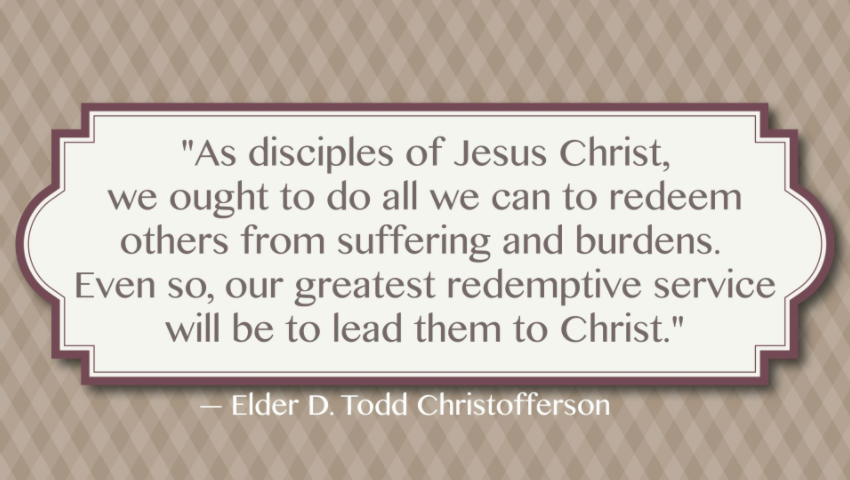


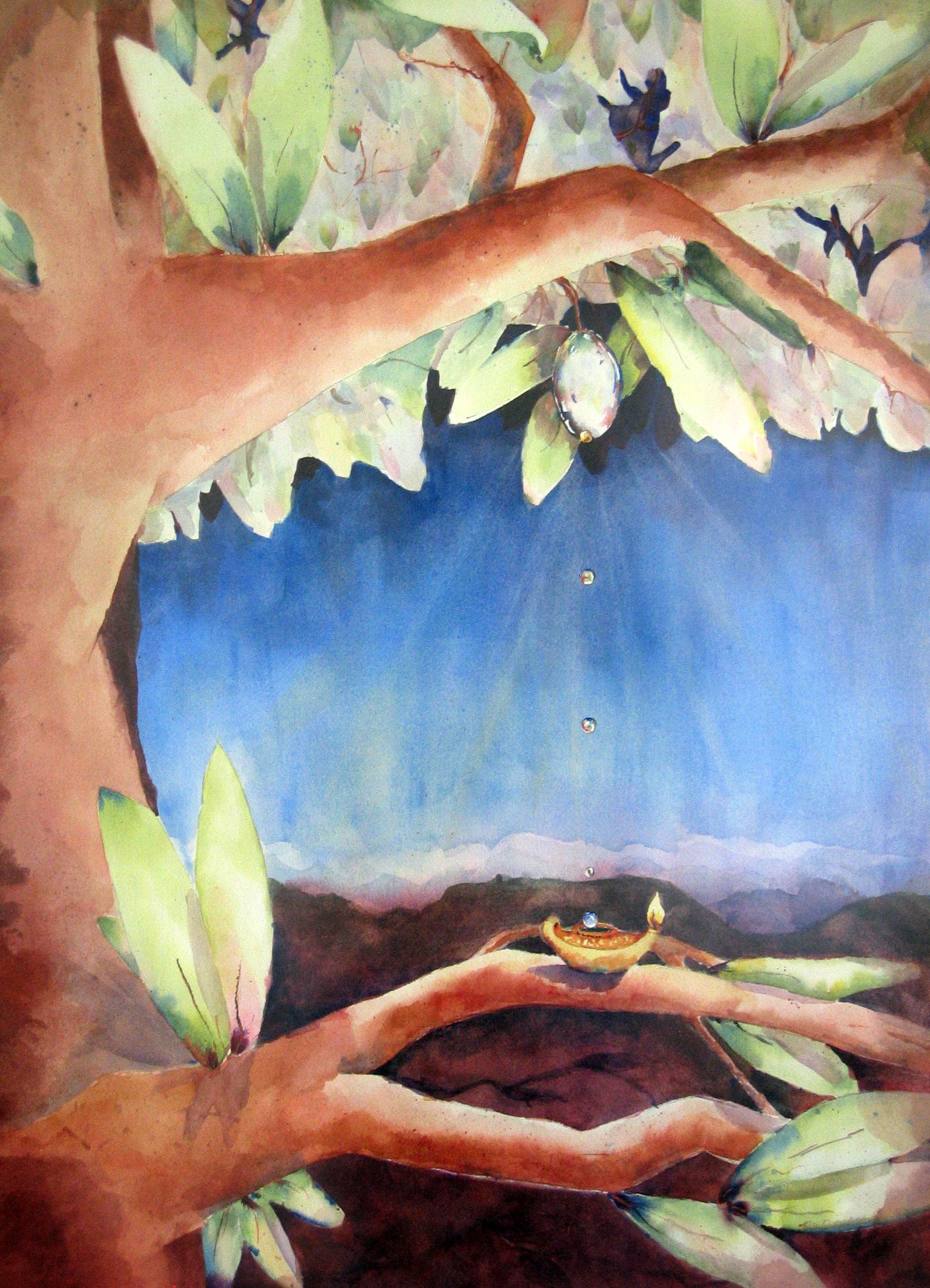
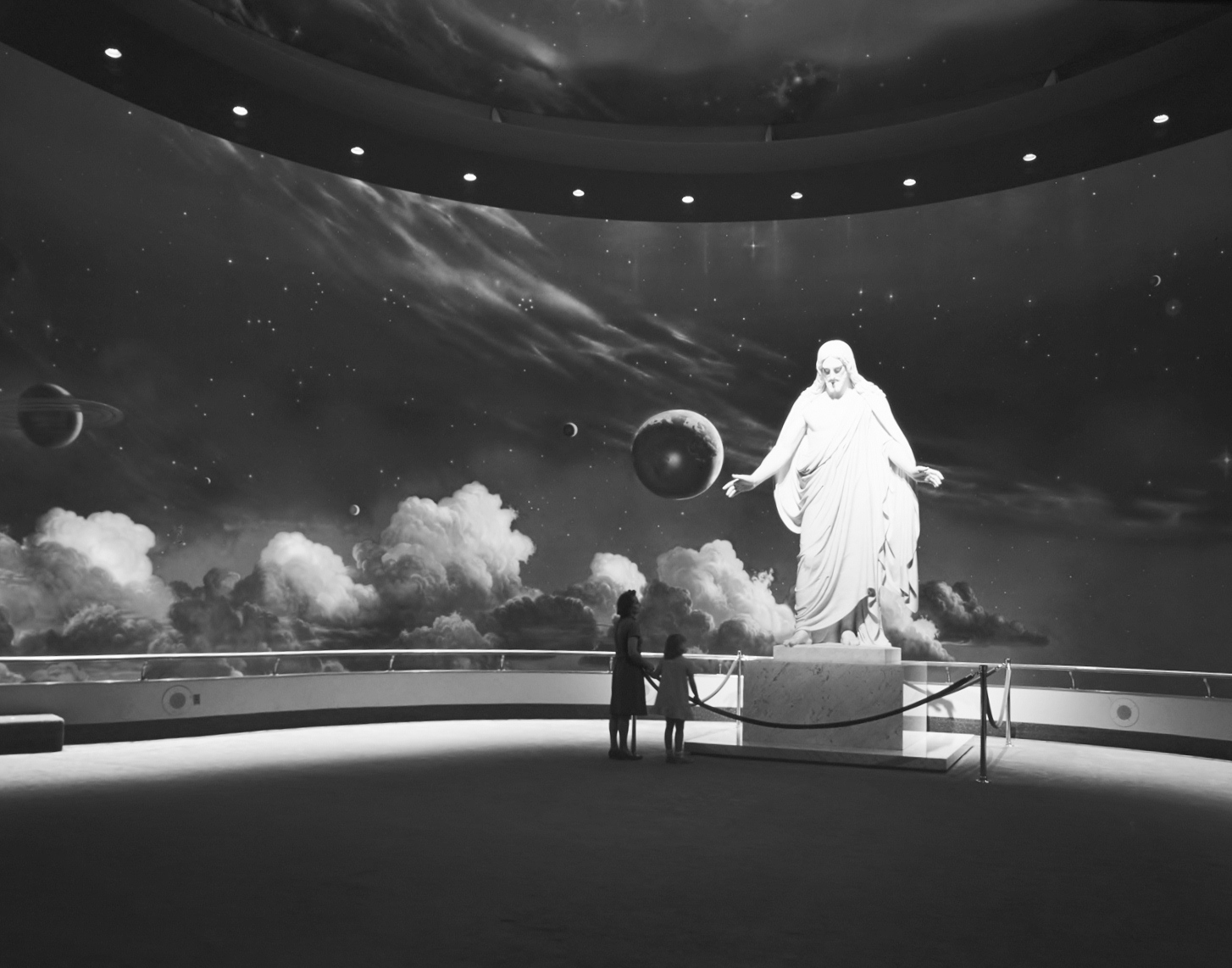




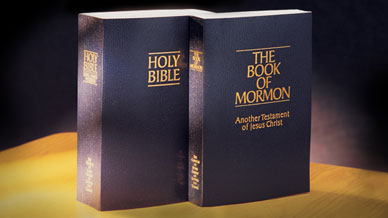

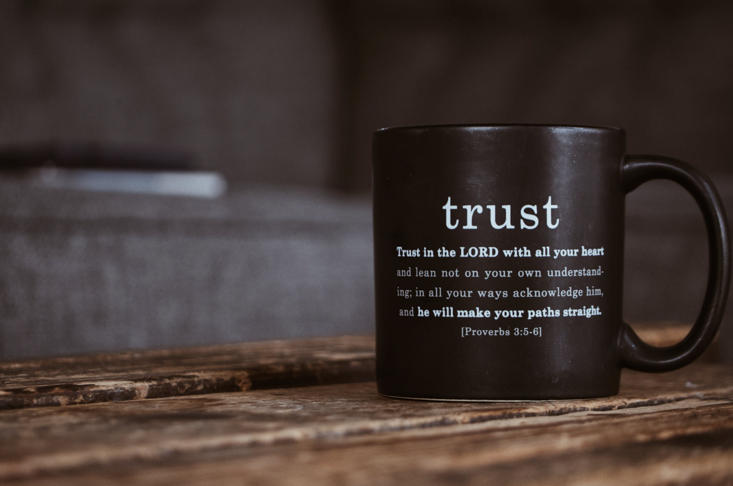

I also think there is much Mormons could learn from Danielle as well. Thank you again, Danielle, for your kind and respectful article, and for your willingness to share it.
~Michelle
I completely agree. Danielle, if more people were willing to see the good in all people, where it lies, this world would be a heaven on earth. There is no need to criticize, demean or negate another’s faith in order to make your own more brilliant. Indeed many could learn from you as well. Thank you.
MSK
I, too, enjoyed Danielle’s willingness to look at our faith without judgment and accept it for what it is, whether it suits her or not.
Thanks for your article, Danielle.
=)